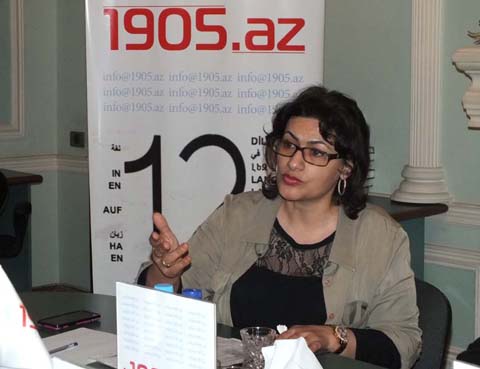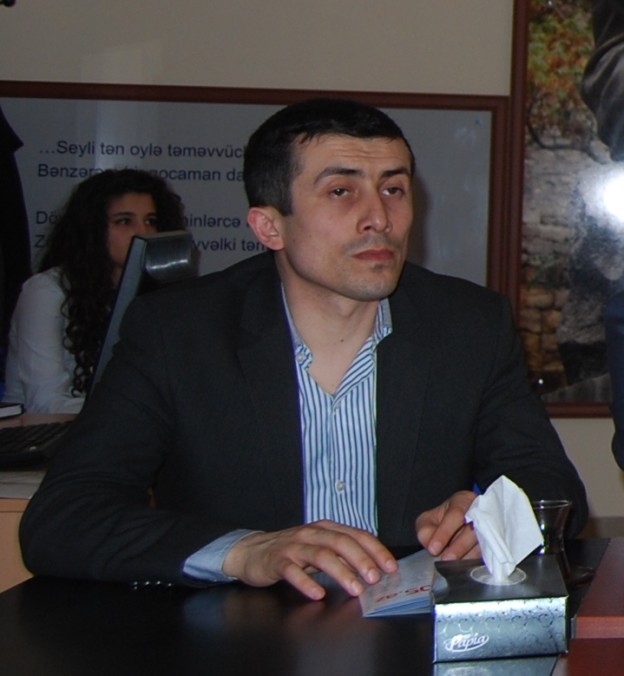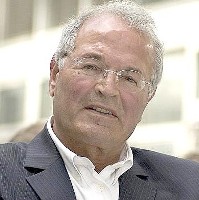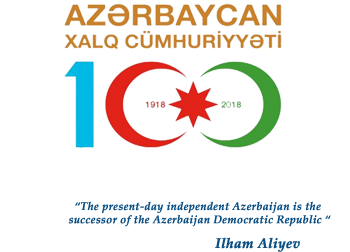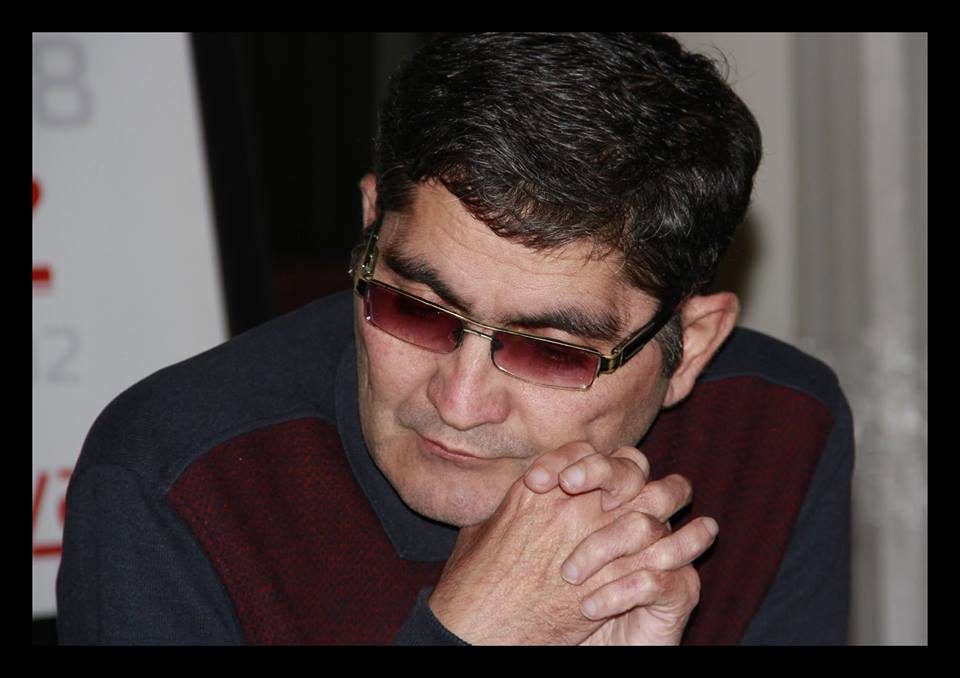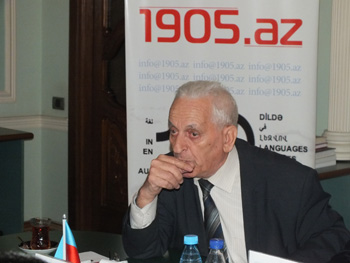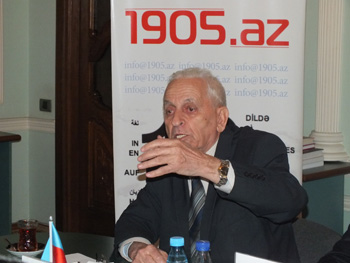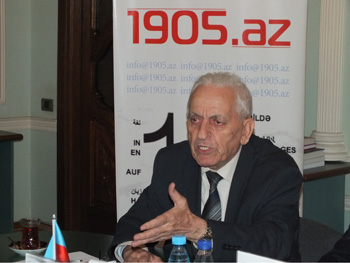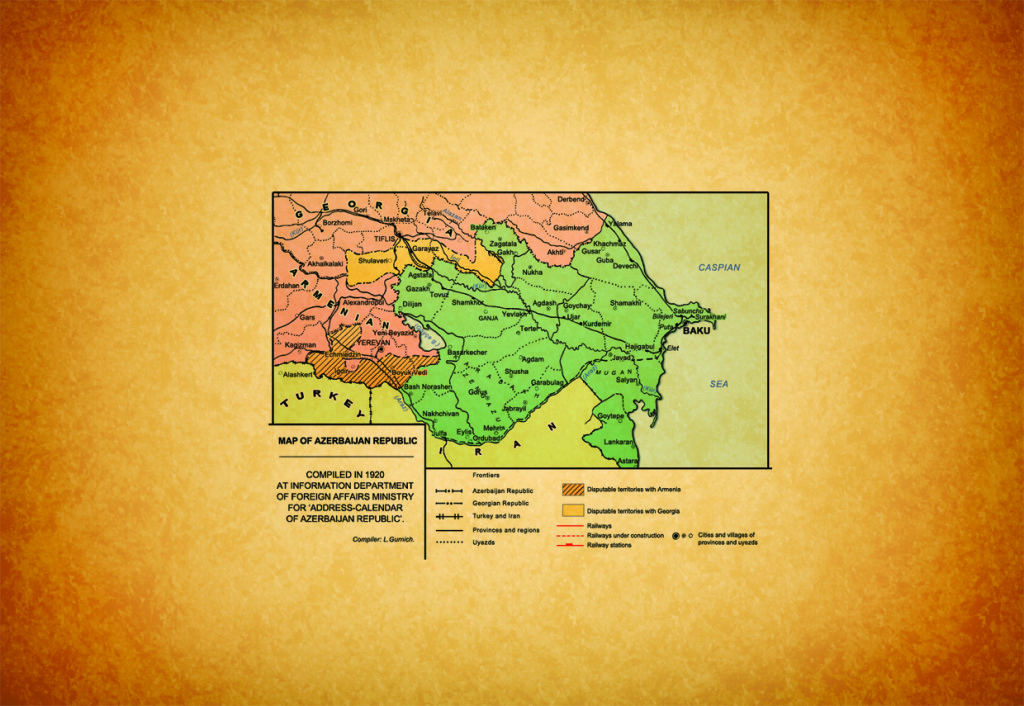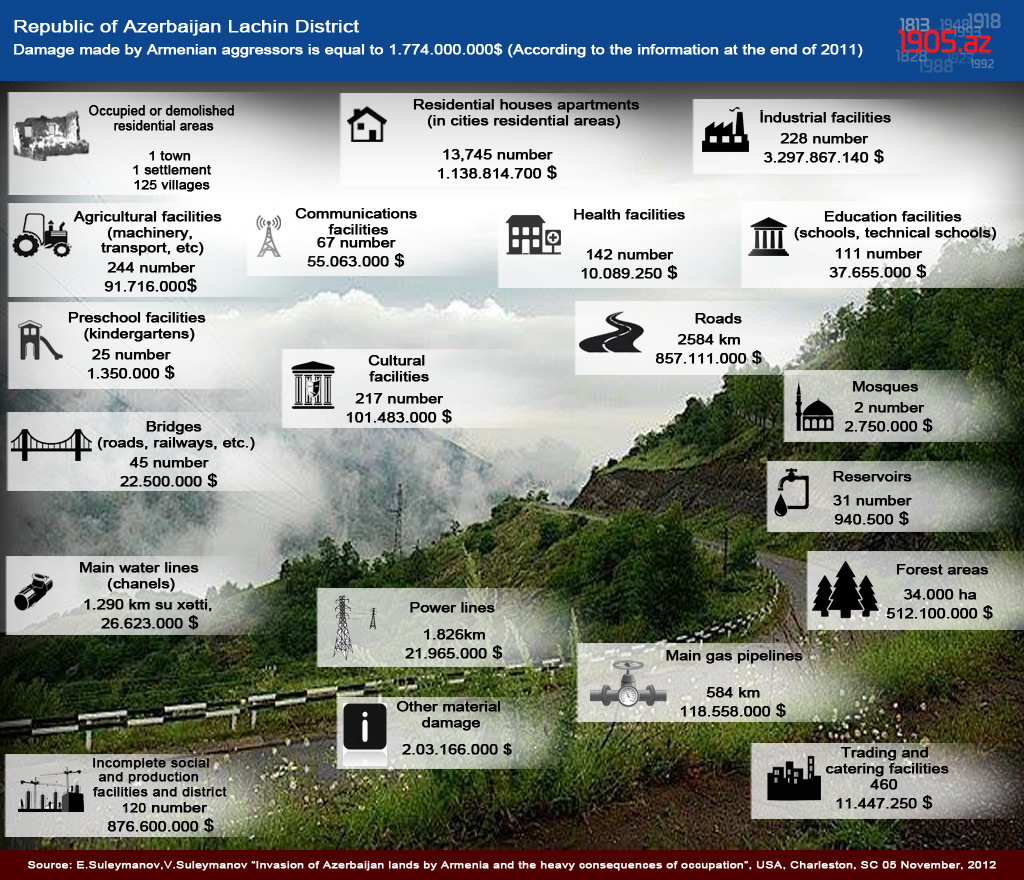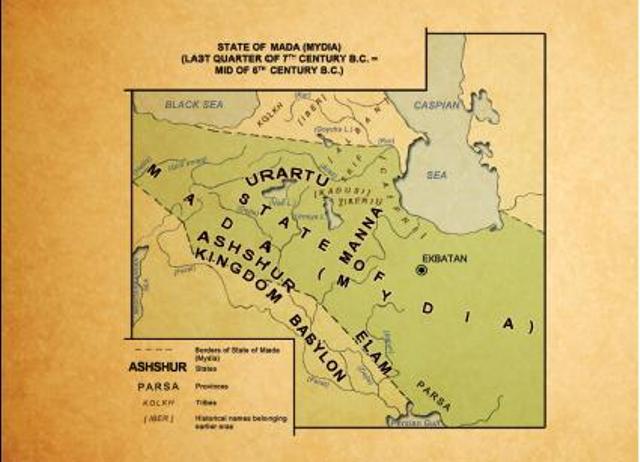
The next target of the Armenians, who keep falsifying history in chronological order and claiming to the territories non-Armenian states, is Urartu.
The name Urartu comes from the Assyrian sources: in the 13th century BC, the Assyrian King Shalmaneser the First recorded a campaign in which he recalled Uruatri, as an alliance of tribes. In the 10th-9th centuries BC Uruatri was again mentioned in the annals of Adad-nirari II. The name Urartu which means “an upper country” has been used since the 9th century BC.
The state of Urartu existed in the 9th-6th centuries BC and covered a part of the Anatolian plateau, the western regions of the Southern Caucasus, and the lands between the three lakes – Van, Urmia and Goycha. In terms of language and culture, the Urartians continued the Hurro-Hittite traditions.
According to G. Melikishvili, there is no more doubt on the relationship between the Urartian and Hurrian languages. However, complying with their tradition of myth creation, the Armenian authors also claim to the legacy of the ancient Urartu, which has nothing to do with them. For example, Gevorg Emin argues that the Armenians were living in the region prior to the emergence of Urartu and that Urartu was founded by the Armenian kings. In his turn, S. Ayvazyan “found” “a phonetic correspondence” between the Urartian and modern Armenian languages, “discovered” alphabet writing in the Armenian cuneiform inscriptions and stated that the Armenians had created an alphabet before the Phoenicians. He first claimed that Hayasa, Nairi, Urartu and Armenia had been the same state, but later denied the existence of Urartu, asserting that it was always the Armenian state existing in the Urartian territory.
1. Patkanian also equates the Urartians and Armenians.
After the armenianization of Hayasa, V.N. Khachaturian has Urartu as a next target. He claims that Urartu was founded as a union of Nairi tribes, which he unreasonably considers to be Armenian, with the Urartians and Shubars in the mid 9th century BC under King Armen, and that most of its population was Nairi. He also notes that the Nairi population maintained their native language (i.e. Armenian), despite the official documentation was conducted in the language of the ruling elite, continuously fought against the rule of the Urartians. According to him, the Armenian people were formed as a result of assimilation of the Urartians and Shubars by the Nairi people. However, M.I. Dyakonov considers that there was no Nairi tribal union in the history, that Nairi is merely a geographical name, while V.N. Khachaturian’s claims, which are not based on any evidence, are the distortion of facts.
Unlike V.N. Khachaturian, A. Mnatsakanian armenianizes not only the population of Urartu, but also the ruling elite by repeating the claims of S.T. Yeremian, who notes that Urartu was ruled by an Armenian dynasty and that it was the beginning of the Armenian statehood. He also sees the Aras-Ararat valley as an area, where the Armenian statehood was formed. In other words, S.T. Yeremian attempts to include the Armenians into the group of indigenous peoples of the region.
The idea of Armenian settlement of Araks-Ararat valley was supported also by H. Samvelian, A. Arutunian, S.P. Pogosian, A.R. Ionnisian, B.N. Arakelian, V.A. Parsamian, M.I. Nersisian. Some of them attribute the settlement process to the 5th century BC with the state of Ayrarat being established in 316 BC, some claim that the state was founded earlier – in the first half of the 6th century BC, while others – the Aras-Ararat valley was settled by the Armenians as a result of the Urartians` policy of resettlement. The controversies and disagreements are certainly related to lack of serious sources and facts, as well as to unprofessional approach of the Armenian scholars.
The Armenian author M.A. Katvalian also relates the formation of the Armenian people to Urartu and places the center of this state to the north of the Lake Van (V.A. Shnirelman thinks that no one among the contemporary researchers risks to do it). According to Katvalian, the word Urartu was derived from Ararat, the indigenous people (i.e. the Armenians) did not fight the Urartian kings (V.N. Khachaturian has an opposite view), instead combining their power against the foreign threat coming from Assyria.
In his turn, R.A. Ishkanian found “a simple solution” in the Urartu case. Giving up on Urartu, he ties the Armenian history of the 9th-8th centuries BC with the Armenian kingdom of Van. According to him, “the history of the Armenian people starts with the emergence of the Armenian language, for the native speakers in the ancient times, in the Middle Ages and now are the Armenians”. When raising the idea of synchronization of the Armenian language and Armenian state, R.A. Ishkanian does not consider that neither the Armenian people, nor the Armenian language existed in the 9th-8th centuries BC. E.G. Tumanian claims that the ancient Armenian language was formed in the 5th century BC.
Having become infamous for his falsifications to make the Armenian history more ancient, A. Petrosyan admits that the Urartu inscriptions are not in Armenian. Still he supports the idea that the Armenians were indigenous people in the territory of Urartu, while the Urartians themselves were not. According to A. Petrosian, the chief gods of the Urartian pantheon Ardini, Kumenu and Shivini were related to the cities of Haldi, Teyshebani and Van respectively. He also notes that Van was occupied by the people living to the south of Van (Urartians), the birthplace of the ruling dynasty was the southern regions, which were not included in the state, the Urartian state and culture were created by the southerners, who made up the country’s ruling class: “The Urartian culture, including monuments, inscriptions, was created by the elite, not masses. The cities in the defeated countries were settled by the people, not ethnically homogeneous, but loyal to the empire from the remote provinces. All monuments of the Urartian culture from ceramics to temples were concentrated in these centers. The remaining population was living outside of direct control of the state, creating their own culture different from that of the Urartians, maintaining their traditional lifestlye, having hostile attitude towards Urartu.” Considering that Urartu existed in the 9th-8th centuries BC and as noted by A. Petrosian, the Urartian statehood and culture were created by the ruling class, the state turned into an empire, the policy of resettlement was carried out, a question rises: how did other ethnic groups manage to defend themselves from political, military and cultural influence of the powerful ruling class during three centuries. A. Petrosian remains silent on these issues.
In fact, the Urartian culture was developing mainly in cities, with the involvement of the urban population settled under the policy of resettlement. Some of the mentioned cities were located in the territory of the present-day Armenia. But it is wrong to refer them to the ancestors of Hays as the creators of the Urartian culture, because they migrated to the shores of the Euphrates River in the 7th century BC and because of their subordinate position, had not any influence on the processes in the region. But the claims that various tribes in Urartu maintained their culture and lifestyle does not reflect the truth either, as a strong culture based on the Urartian-Hurrian relationship had been formed. The influence of this culture was so strong that even during the rule of the Achaemenid of the Urartian territories “the mass popular culture followed the Urartian traditions in many ways”. Therefore, any political-military and cultural resistance by small and scattered tribes versus Urartu was simply impossible.
M.I. Dyakonov also considered Urartu a strong state. Towards the mid-8th century BC “by its power, Urartu could even become mightier than Assyria. The Urartian administrative system was so improved that it could be a sample for similar reforms in Assyria… The entire Armenian plateau, excluding Arme-Shubriya and Hubushkiya, some territories in the central and western part of the Transcaucasia were occupied. The Urartians could not yet strengthen their position in the Upper Euphrates valley, but were already perceived as “protectors” of the Upper Syrian Union.
The Georgian thinker I. Chavchavadze protested with the help of “the crying stones” against introduction of Urartu as an Armenian state. By referring to G. Holmstroem, he reports that a large tribe lived in the upper parts of Tigris and Euphrates rivers, near the lakes Van, Uremia, and Goycha. Named Nairi in the Assyrian sources dated 10th-9th centuries BC, they got united under a single state – Urartu in the 9th century BC. Having selected the Erivan depression as their center, however, relocated to the bank of the Lake Van due to strategic factors later, the Urartians borrowed their culture from the Assyrians and Babylonians. The Assyrian inscriptions provide information on the Urartian culture, birth of cities and palaces, construction of canals. Nevertheless, they cannot be the basis to relate the origin of the Armenians to the Urartians. In addition, I. Chavchavadze referred to the interesting hypothesis also defended by the French scholar Lenorman and English scientist Rowlins: the Urartian language and cuneiform writings can be attributed to the Alarodis, not to the Armenians, as “neither the language, nor the native speakers had any relations to the Armenians”.
In terms of linguistic and cultural features, the Urartians were close to the Hurrians. M.I. Dyakonov claims that they were initially one ethnic group.
Compliance of the ethnic state and language is among the dark nuances of the Armenian myth-makers. The population of the ancient states they claimed to be the Armenian was usually non-Armenians. For example, the author of a major work on the ancient Armenian language E.G. Tumanian divides the history of the Armenian language into three stages: the ancient period (V-XI centuries), medieval period (XII-XVI centuries) and the new period (from XVII century to present). As it is seen, the author picks V century as a starting point of the ancient Armenian language. He notes that “the original Armenian alphabet and literature emerged at the end of IV century – in the beginning V century AD. The ancient Armenian language has survived to the present day via numerous monuments, historical, philosophical and religious genres. The monuments dating back to the first half of V century AD are considered as samples.” As for more ancient periods, E.G. Tumanian notes that the Armenians assimilated the neighboring tribes in VII – II centuries BC and borrowed many loanwords from the Iranian, Greek, Syrian and other languages. The Greek, Syrian and Persian languages were used in the court, in education and prayers due to the absence of the Armenian alphabet. If the Armenian statehood traditions began in the third millennium BC and the Armenians had several states, including Hayasa and Urartu as claimed by some Armenian authors, why did the writing traditions of this “great” people delay until V century AD? The answer is simple. Armenians had nothing in common with the above-mentioned countries. A great number of various tribes at different levels of development dwelled in the present-day Armenia.
The thoughts of the Armenians, whose aim is to cast doubts on the concept of the settlement of the Armenians in the Anatolian plateau and the Southern Caucasus as a result of migration, collide with the historical facts; therefore, they face difficulties to substantiate the claims and frequently contradict one another. It is so obvious that even the Armenian authors are obliged to admit it. For example, B.A. Harutunian noted when he recently talked about the Armenian historians: “The Balkan theory on the origin of the Armenians was subjected to serious criticism; there were attempts to prove the identity of Urartu with Armenia no matter what.” No matter what – it is true; the goal determines the means.
Seeking a historical homeland, the Armenians have reached some “successes”. Over a dozen of “the Armenian states” were discovered by men like Fidanian, Sarkisian, Yuzbashian, and Yeremian. Their maps contain First Armenia, Second Armenia, Third Armenia, Fourth Armenia, Deep Armenia, Inner Armenia, Greater Armenian, Justinian Armenia, Mesopotamian Armenia, Lesser Armenia, Cilician Armenia, Western Armenia, Eastern Armenia, Armenia of Bagratids, Turkish Armenia, Persian Armenia, etc.
One of the reasons motivating the Armenians to falsify the history and to claim to Urartu is that they were deprived of any statehood in the ancient period and spread all over the world. Urartu and other ancient countries of the region are necessary for the Armenians to make unreasonable territorial claims against the neighboring nations.
Agil Shahmuradov
1905.az

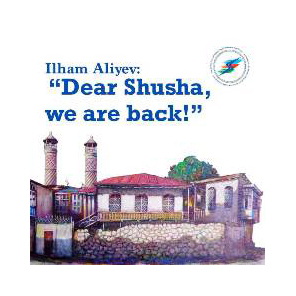

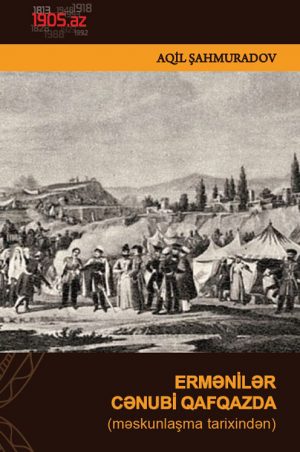


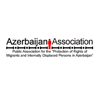


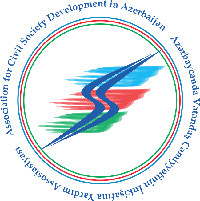
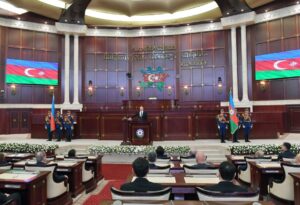 Inauguration ceremony of President of Azerbaijan Ilham Aliyev was held
Inauguration ceremony of President of Azerbaijan Ilham Aliyev was held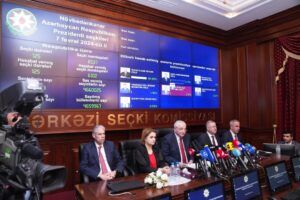 Ilham Aliyev wins presidential election with 92.05 percent of votes VIDEO
Ilham Aliyev wins presidential election with 92.05 percent of votes VIDEO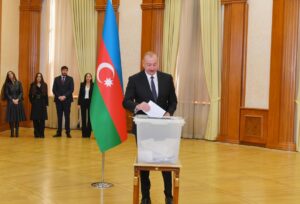 President Ilham Aliyev, First Lady Mehriban Aliyeva and family members voted in Khankendi VIDEO
President Ilham Aliyev, First Lady Mehriban Aliyeva and family members voted in Khankendi VIDEO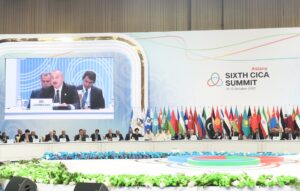 Plenary session of 6th Summit of Conference on Interaction and Confidence Building Measures in Asia gets underway in Astana. President Ilham Aliyev attends the plenary session VIDEO
Plenary session of 6th Summit of Conference on Interaction and Confidence Building Measures in Asia gets underway in Astana. President Ilham Aliyev attends the plenary session VIDEO President Ilham Aliyev was interviewed by Azerbaijani TV channels in Prague VIDEO
President Ilham Aliyev was interviewed by Azerbaijani TV channels in Prague VIDEO



